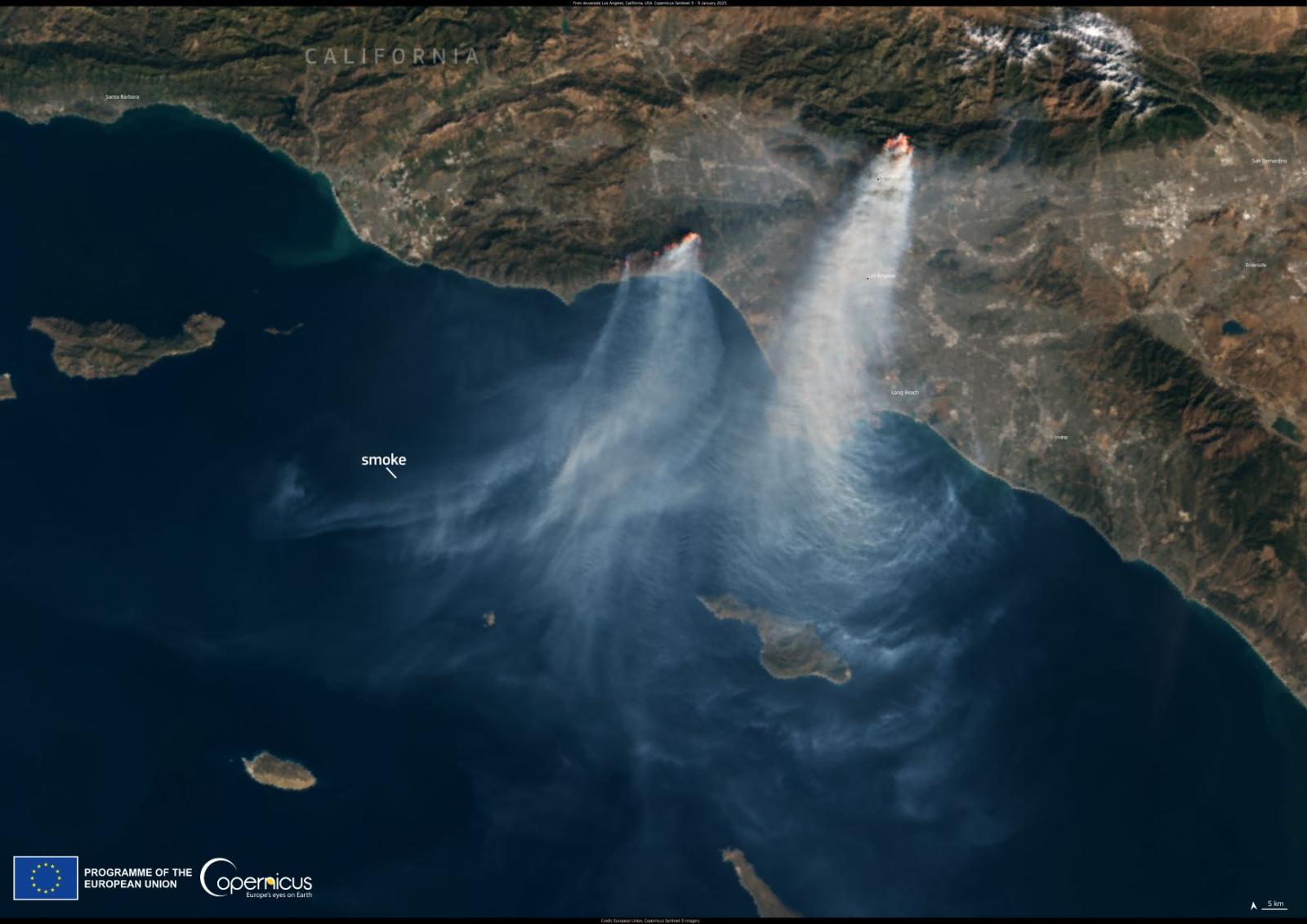Waste. Water. Green Economy. Those are the main focuses of the recent Horizon 2020 Work Programme that has been adopted on December 10th 2013 and definitively updated last July 22nd with the parts that relate to 2015. Within this Work Programme, Europe has set its objectives concerning climate action, environment, resource efficiency and raw materials. The estimated total budget including horizontal activities will be about 348 million of euro for 2014 and 377 million for the following year. The aim is to fill the gaps in the knowledge base necessary to understand changes in the environment, policies and methods.
Based on current trends, the equivalent of more than two planet Earths will be needed by 2050 to support the growing global population. It is evident that it implies a better use of our resources in order to decouple our economic growth. The project provides three calls, concerning the three main focuses – waste, water, green economy – and each call contemplates many other smaller calls concerning these three specific areas. Let us see more in detail.
One: Waste is a resource
The global waste market, from collection to recycling, has an estimated value of 400 billion euro per year, and a smart economy can minimise the production of waste and reuses it as a resource. There are two main reasons to improve in this direction: first, a near-zero waste society has an environmental rationale; secondly, it means job creation, so it increasingly becomes a factor of competitiveness.
This call addresses to the whole waste cycle, from waste production to the design of processes and products for recyclability to reuse and waste management. But the most interesting feature of this call is that it is addressed to the 7th Framework Programme, in particular to the VOICES project, which had a bottom-up structure. Through a participatory approach that involved science, technology, civil society organisations and policy experts, citizens identified the main priorities, which were then clustered into six thematic areas: economic instruments, education and communication, modelling business and consumer behaviour, policy, product and production design and waste management. A special focus is dedicated to “Food, Agricultural and construction waste” topic, which also represents a good opportunity for small and medium enterprises (SMEs).
Finally, there is a partnership with ESA (European Space Agency), which provided ESA Earth Science data. Data are fundamental to achieve the Waste goal. In particular, the project will use data taken from GEOSS (Global Earth Observation System of Systems) and Copernicus (the European Earth Observation Programme).
About the budget, the Program provides 103 million euro, split in 59 million euro for 2014 and 44 million euro for the following year.
Two: Treasuring our Water
The title of the call is emblematic: Water Innovation, boosting its value for Europe. But what does actually “boosting” mean? The answer is treasuring. The world market for drinking and wastewater reached an amount of 250 billion of euro in 2008, with corresponding investments of more than 33 billion of euro per year. Pollution of water from run-off alone was estimated in 2011 to cost the European Union 30 billion of euro each year. Moreover, the previsions say that a 1 percent increase of the rate of growth of the water industry in Europe may result in 10,000 to 20,000 new jobs. Which means more competitiveness for Europe.
The European Project provides five specific calls concerning water, which are expected to contribute to several policy objectives including those set out in the Europe 2020 Resource-efficient Europe Roadmap for water. First, impacts of droughts and floods should be minimised; secondly, alternative water supply options are only relied upon when all water saving and water efficiency measure are taken and other options exhausted; then, water extraction must remain less than 20 percent of available renewable water resources.
The budget? 160 million euro: 67 million for 2014 and the last 93 million for 2015. In detail, the specific calls are the following:
- WATER1 – Bridging the gap: from innovative water solutions to market replication
- WATER2 – Integrated approaches to water and climate change
- WATER3 – Stepping up EU research and innovation cooperation in the water area
- WATER4 – Harnessing EU water research and innovation results for industry, agriculture, policy makers and citizens
- WATER5 – Strengthening international R&I cooperation in the field of water
Actually, it is not the only call concerning water policy in Europe. There is a European Innovation Partnerships (EIP) where water and its priority areas for action are described in the Strategic Implementation Plan and to research gaps identified through the WFD Common Implementation Strategy activity as well as through relevant European Technology Platforms.
Three: Toward a resource efficient economy
The third call of the project concerns business and aim to convey the scientific results into the market economy, bringing innovative solutions and encouraging their take-up by public authorities in their procurement practices. A key element is to provide services accessible by everyone. These new services should provide high quality and ultimately useful data for the public sector, business and society. As the project underlines, citizen are fundamental to achieve such a goal. For this reason, actions will address the need to both usefully harness Earth Observation data and to engage citizens in developing systems for effective transfer of environmental knowledge for the benefit of scientists, policy makers, business and society.
This topic represents the larger group of calls: 20 different calls for a total budget of 351 million of euro, 166 for the first year and 185 for the second.
However – and it is a crucial point of the entire project – an efficient economy must proceed with a sustainable supply of raw materials. In particular, actions must focus on sustainable access to and production of raw materials to ensure significant reduction in resource use and a secure and sustainable supply of key raw materials.



